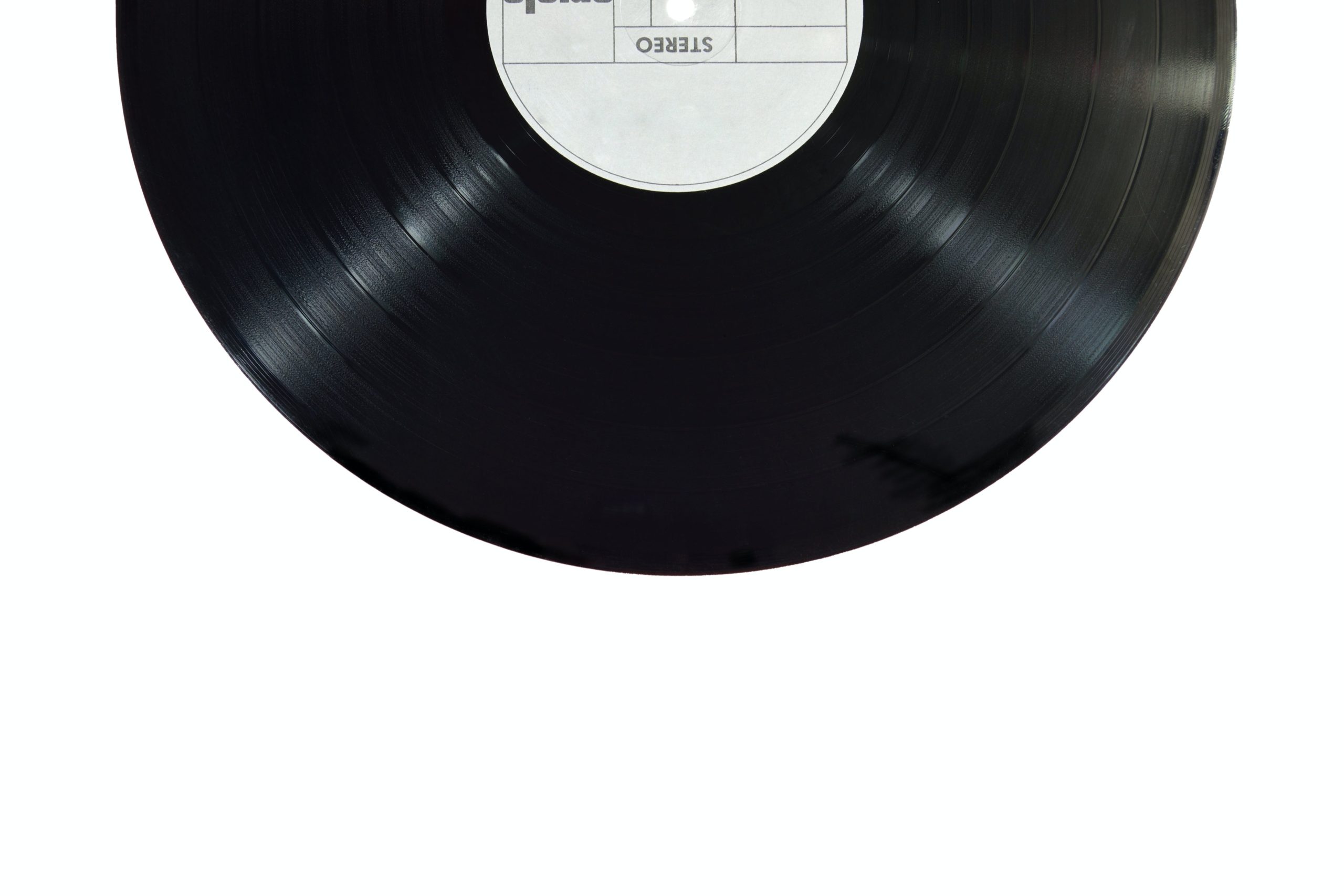If you want your audio recordings to sound top-notch, understanding microphone placement is crucial. Proper placement can make a significant difference in the quality of the sound you capture, whether you’re recording vocals, instruments, or podcasts. By strategically positioning your microphone, you can achieve optimal sound that is clear, balanced, and free from unwanted noise or distortion. In this article, we will explore the top three reasons why understanding microphone placement is essential for achieving the best possible audio quality. So, let’s dive into the world of microphone positioning and discover how it can elevate your recordings to new heights.
Understanding The Basics Of Microphone Placement

General Principles For Microphone Placement
When it comes to microphone placement, there are a few general principles that you should keep in mind. First and foremost, it is crucial to find the right balance between capturing a clear and balanced sound while minimizing unwanted noise and interference. Placing the microphone too close to the sound source can result in distorted or overpowering audio, while placing it too far away may result in a weak and distant sound.
In addition to finding the sweet spot between the microphone and the sound source, you should also consider the angle and orientation of the microphone. Different microphone polar patterns (which we will discuss in the next section) pick up sound from different directions. Understanding the polar pattern of your microphone and positioning it accordingly can ensure that you are capturing the sound you desire while minimizing background noise.
Lastly, it is important to consider the acoustics of the room where you are recording. The size, shape, and materials of the room can greatly impact the sound quality. Echoes and reverberations can be minimized by strategically positioning the microphone and utilizing room treatment techniques, such as acoustic panels or foam.

Understanding The Polar Patterns of Microphones
Microphones are designed with different polar patterns, which determine the directions from which they pick up sound. The three most common polar patterns are cardioid, omnidirectional, and figure-8.
-
Cardioid microphones primarily capture sound from the front, while minimizing sound from the sides and rear. This makes them ideal for capturing a single sound source, such as vocals or solo instruments, while minimizing background noise.
-
Omnidirectional microphones capture sound from all directions equally. They are commonly used in situations where you want to capture ambient sound or multiple sound sources, such as in a live concert recording or a roundtable discussion.
-
Figure-8 microphones capture sound equally from the front and back, while minimizing sound from the sides. This polar pattern is often utilized in situations where you want to capture sound from two opposite directions, such as in duets or interviews conducted face-to-face.
Understanding the polar pattern of your microphone is essential for proper placement. For example, if you are using a cardioid microphone, you’ll want to position it facing the sound source directly to capture the best sound while minimizing unwanted noise.

Understanding Distance and Microphone Placement
The distance between a microphone and the sound source plays a crucial role in capturing balanced and natural sound. Too close, and the sound may become distorted or overwhelmed by low-frequency proximity effect; too far, and the sound may be weak and lack presence.
For close-miking situations, where you want to capture the full frequency range of the sound source, it is generally recommended to place the microphone approximately 6-12 inches away. This distance allows for a good balance between capturing clarity and avoiding overwhelming proximity effect.
In contrast, for capturing room ambience or creating a more distant sound, you may want to experiment with placing the microphone further away from the sound source. This can create a sense of depth and spaciousness in the recording.
It is important to note that the optimal distance can vary depending on the specific sound source and the desired effect. Experimenting with different distances and listening to the results will help you find the sweet spot for your particular recording.

Dealing With Room Acoustics In Relation to Microphone Placement
Room acoustics play a significant role in the overall sound quality of your recordings. The size, shape, and materials of the room can greatly impact the sound, introducing echoes, reflections, and other unwanted artifacts.
To minimize the negative effects of room acoustics, there are a few techniques you can employ during microphone placement. First, consider using acoustic treatment, such as foam panels, bass traps, or diffusers, to absorb or scatter sound reflections. Placing these panels strategically around the room can help create a more controlled and balanced sound environment.
In addition to acoustic treatment, you can also experiment with microphone placement to mitigate the impact of room acoustics. For example, if you are recording in a room with strong echoes, you may want to position the microphone closer to the sound source to reduce the pickup of reflected sound.
Furthermore, using directional microphones with focused polar patterns, such as cardioid or supercardioid, can help minimize the pickup of ambient room sound, as they primarily capture sound from the front.
By considering the room acoustics and making adjustments to microphone placement accordingly, you can achieve a more professional and polished sound in your recordings.